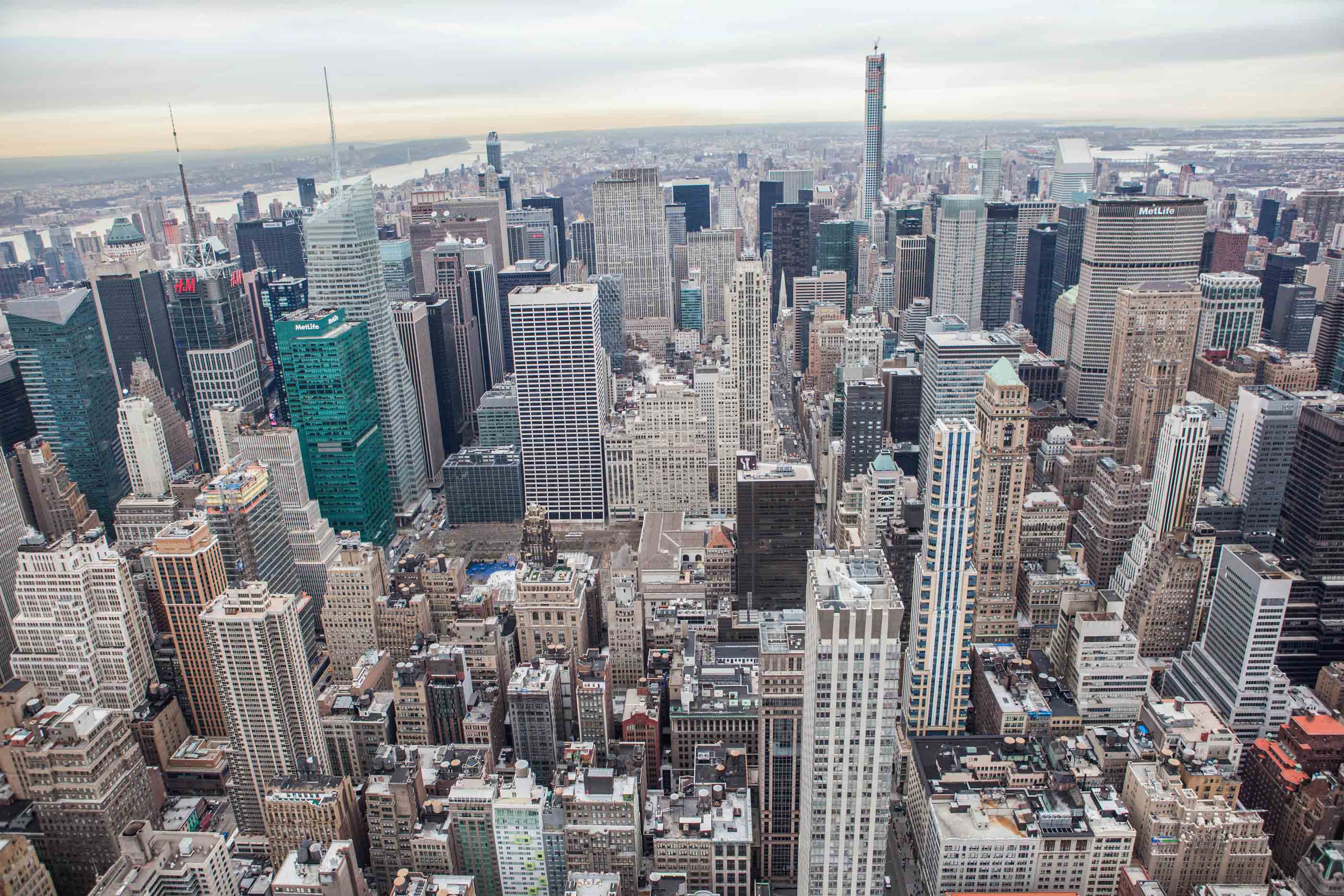Estimated reading time: 4 min
A history of the skyscraper can probably be adequately surmised as this: they keep getting bigger. These soaring steel structures dominate skylines and cities, changing the way we see and engage with them. They can be the pulse of financial districts, provide vital residential space, spark growth in emerging cities just as they can obscure views, prevent a city growing organically or simply lay dormant as permanent reminders they were built without a clear purpose. It seems clear that skyscrapers will continue to be erected as cities swell and space on the ground becomes even more precious. But should this surge skywards be slowed or encouraged? What is the future of the skyscraper?

The Home Insurance Building, Chicago. Image courtesy of Creative Commons
A History
The first skyscraper, fittingly, was constructed in the United States. Although the skyscraper would quickly become synonymous with New York City it was the un-exotic sounding Home Insurance Building in Chicago that changed cities permanently. The so-called “Father of the Skyscraper” was heralded for its incorporation of a steel frame that supported not only the walls but also the weight of the building itself. The Home Insurance Building also led the way in utilizing elevators, electrical wiring and fireproofing, features that are now considered fundamental to any skyscraper today. Perhaps fittingly, the building was demolished in 1931, the same year the Empire State Building was completed in New York.

The Empire State Building, New York City. Image Courtesy of Creative Commons
The World’s Tallest Buildings
Chicago and New York would compete over the “world’s tallest building” title throughout the 20th century. The Chrysler Building and then the Empire State Building both held the title in the 1930s, the latter for forty years. The first World Trade Center was the tallest building in the world until the Sears Tower (now Willis Tower), in Chicago, overtook it in 1974. However, in the early 1990s we began to see something of an arms race in the East as newly rich countries fought for the status of having the world’s tallest building. Malaysia, Hong Kong, Taiwan and China all held the title between 1996 and 2010 before the Burj Khalifa, in Dubai, was erected at almost unthinkable 828 meters (2,717 ft). Meanwhile, the Jeddah Tower, currently under construction in Saudi Arabia, will reach unprecedented heights upon completion in 2020, becoming the first building to pass 1km (3,280ft). It has even been suggested that a 2km skyscraper is structurally possible indicating that we are still a long way from reaching the summit of how high these buildings can go.
Height over History?
Paris, long-time opponents of these forms, has recently lifted a ban on high-rises in the centre of the city. City councillors have now approved the construction of a new 180-metre building, the Tour Triangle, that will not only change forever the way the city looks but also the way it sees its own future. The Tour Triangle is likely to act as a catalyst for more skyscrapers to emerge but there is no doubt these structures will still have to be constructed with care and consideration for the city’s historic skyline.
Innovation
Some countries, however, are taking a more innovative approach when it comes to skyscrapers. The Capital Gate in Abu Dhabi, designed by RMJM, reimagines what we expect a skyscraper to be. Using revolutionary engineering techniques, this remarkable structure inclines 18 degrees to the west, more than four times that of the Leaning Tower of Suurhusen and almost five times more than the Leaning Tower of Pisa. In 2010, Guinness World Records officially certified the Capital Gate as the “World’s furthest leaning man-made tower.” The Shenzhen Bay Innovation & Technology Centre, meanwhile, sees towers connected through two ‘shared bridges’ in a lauded design that shows simply building upwards is not the only way for the skyscraper to progress.

The Shenzhen Bay Innovation & Technology Centre (RMJM)
The Future
The future for skyscrapers is, if not limitless, then certainly one that will involve significant growth. Skyscrapers will almost certainly continue to grow taller but they will also push boundaries in other ways (as we’ve seen with The Capital gate). With construction techniques and technologies improving all the time, perhaps the only limit will be on the architects’ imaginations and how far into the future they are able to imagine. Skyscrapers, after all, have always belonged to the future, the place we now live permanently.
Header image under license by Creative Commons


